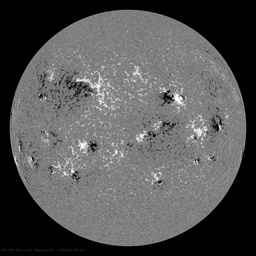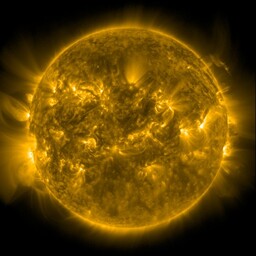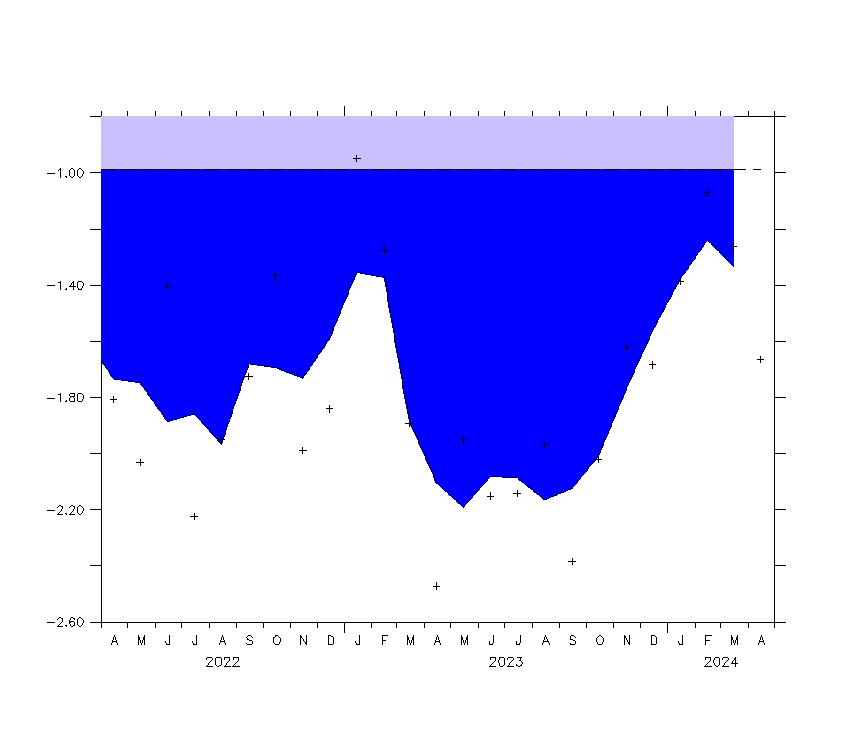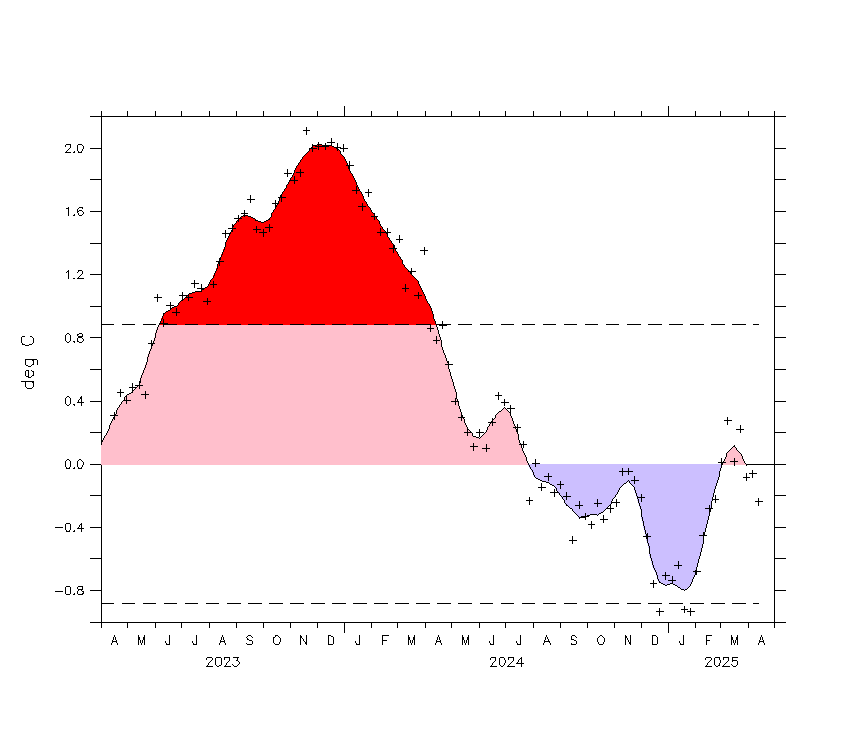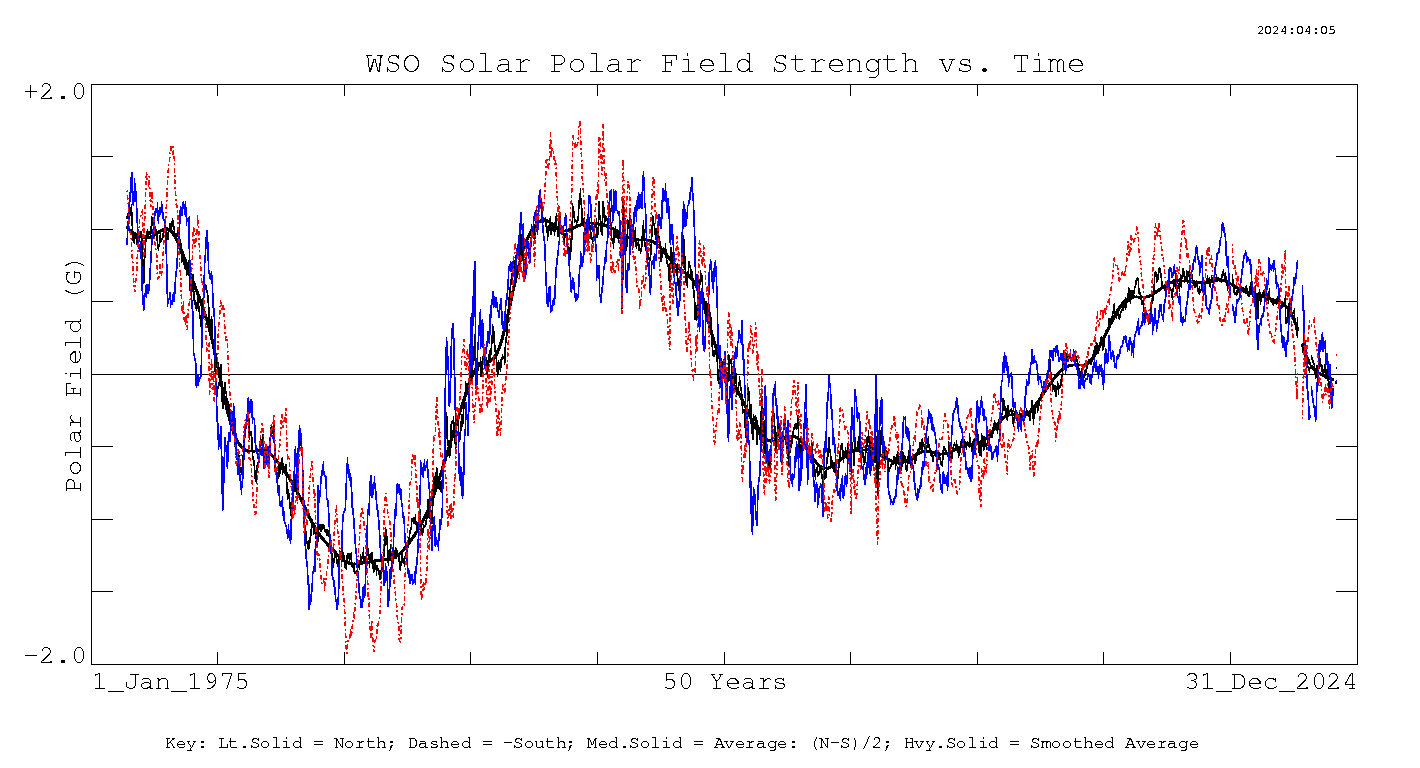A new paper by Perryman M.A.C. & Schulze-Hartung T. has been published on the 5th October 2010 that records the barycentric motion of distant stars that have exoplanets.
A link to the full paper found HERE.
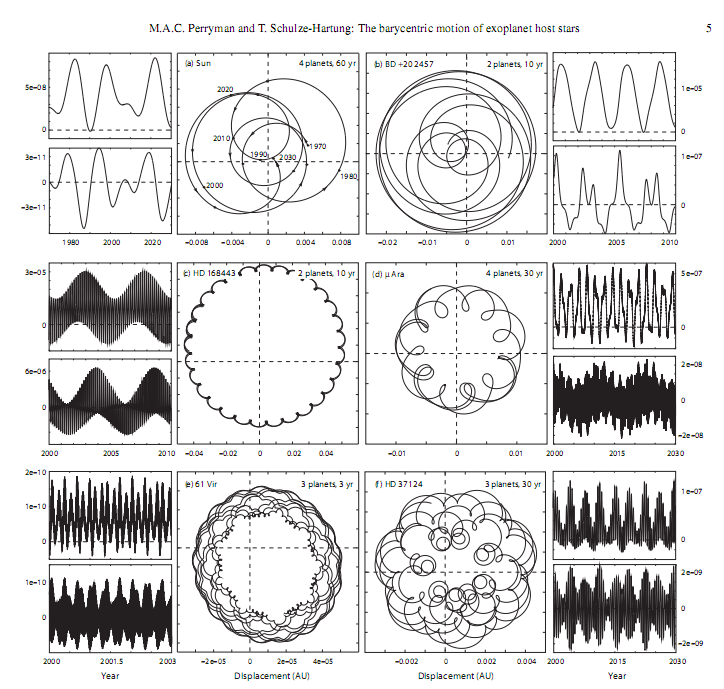
Barcentric movement is a principle component of discovering exoplanets belonging to distant stars which display a wobble over time. This demonstrates the star is being affected by the standard laws of physics associated with large orbiting bodies. Stars with large enough planets move around in their planet generated gravity well just like we see in our own star. But looking at the patterns from some distant stars that have now been made available we can see our star is perhaps unique in one respect. Our own star follows a fairly regular ordered pattern as we see in the other stars shown (other stars shown in the paper), but that ordered pattern is disrupted about 3 times every 172 years on average when Uranus & Neptune come together and add their gravity together. This throws the system out of balance for awhile until they move apart and let Jupiter and Saturn get back to their normal balanced rhythm.
Neptune & Uranus also contribute to a modulation in the available angular momentum (AM) associated with the Sun, without their influence AM would be consistent across the centuries which according to theory would result in solar cycles of equal strength. Barycentric patterns need to be observed over long frames but as they are shown in this paper it would suggest these distant stars would probably not see a regular pattern of grand minimia type disturbance as we experience along with very even cycle strength.
I contacted Michael Perryman and being in the Astronomy world was not aware of the work done at Landscheidt.info. He was interested and also provided some links to papers that show exoplanet host stars that display star spot activity. Michael is not an expert in the star spot field but perhaps one day it will be shown that only exoplanet host stars are capable of star spots or at least capable of star spot cycles.
Links Below.
Transiting systems with probable star spots:
- HD 189733 http://esoads.eso.org/abs/2007A%26A...476.1347P
- HD 209458 http://esoads.eso.org/abs/2008ApJ...683L.179S
- TrES-1 http://esoads.eso.org/abs/2009ApJ...701..756D
- OGLE-TR-10 http://esoads.eso.org/abs/2009A%26A...505..901B


